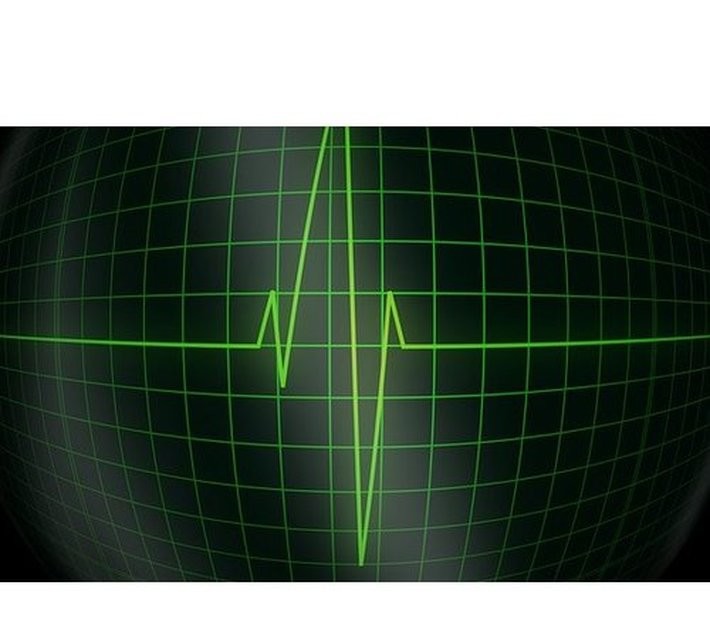
Published on 11/08/2016 | Market Sizing
As the devices, applications and technologies that comprise healthcare’s IT infrastructure become more connected, care delivery will improve drastically across the care continuum. Whether working in a home care facility or hospital clinicians and care providers will have immediate access to health information in real-time that they can apply to their care decision making. PHI gathered from remote monitoring devices will enable care providers to better advise patients suffering from chronic, lifestyle diseases like hypertension and diabetes, and easily intervene before health escalations occur.
Remote, continuous monitoring of patients’ health is essential to the current evolution of healthcare. Sensors, actuators and mobile-communication devices will increasingly be embedded into medical devices to form Industrial Internet of Things (IIoT) solutions. IIoT solutions that introduce connectivity to medical devices will enable care organizations to capture, transmit, aggregate and analyze data in real-time in order to engage in evidence-based medicine. In this way, IIoT can significantly enhance the health, safety and productivity of people everywhere.
IIoT solutions that introduce connectivity to medical devices will evolve healthcare in 6 key ways:
The portable, home machines that patients are given to monitor their health will be medical devices with embedded connectivity. This will enable care providers and clinicians to monitor, and react to critical patient health indicators in real time outside of the care setting.
IIoT solutions can store the vital conditions captured by medical devices and integrate clinical data streams to form a more complete patient profile for clinicians and caregivers. Parameters can be established that will trigger alerts for clinicians and caregivers to analyze and act upon from any location.
Information gathered on low-end diagnostic imaging devices, for instance, can automatically be delivered from the medical device to providers and clinicians. Smart pill dispensers can also be distributed to ensure patients are following their physicians’ recommended dosage instructions.
Connected medical devices will significantly improve the support aging populations receive under the current healthcare system by allowing care to be administered in the patient’s home. Patients who have multiple chronic diseases would benefit from IIoT medical device solutions that serve as vital sign monitors.
Data from vital sign and physical activity monitors that connect medical devices that measure weight, walking times and other patient health signals can be delivered to clinicians and caregivers. This will enable care team members to deliver medical advice in a timely manner as patients engage in self-care outside of the care setting.
6. Reduce medical device downtime
Medical devices with embedded connectivity options can be remotely monitored, tested and diagnosed. IT technicians can remotely pinpoint problems that can lead to downtime and troubleshoot medical devices scattered across the many locations that fall under a health system.
IIoT solutions with medical devices will enable everyone involved in the care process—physicians, clinicians, home nurses, caregivers, patients and their families—to process multiple streams of information, collaboratively engage in the care process and ultimately achieve better clinical outcomes. With these innovative solutions, care organizations’ IT systems will finally be able to facilitate the sharing of life-saving data anytime, anywhere.
Despite this great opportunity, the healthcare industry has been slow to adopt IIoT technology due to heavy bureaucracy and slow changing regulations pertaining to medical equipment. As the leaders of these organizations become more well-versed in the subject of IIoT and pressures to develop an IT infrastructure that enables evidence-based care grows, one can expect things to gradually change. Just as mobile health technologies are becoming ubiquitous, so will Internet of Things solutions that connect medical devices one day.
This article was originally posted on LinkedIn.